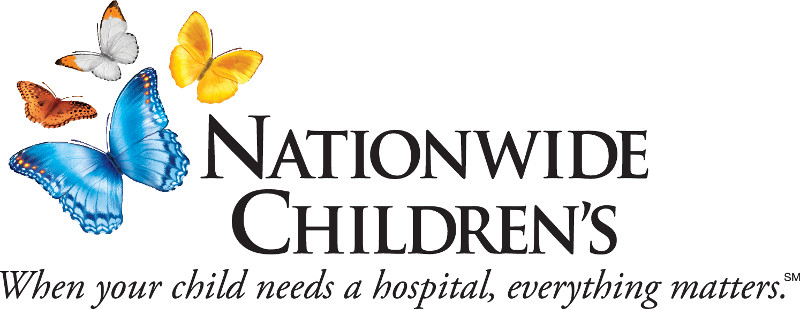Newswise — A Fourth of July tradition in many families, consumer fireworks continue to injure children in the U.S. at disproportionately high rates compared to the general population, causing injuries ranging from minor burns and corneal abrasions to severe burns, vision and hearing loss and even death. The Center for Injury Research and Policy (CIRP) in The Research Institute at Nationwide Children's Hospital, a member of the Alliance to Stop Consumer Fireworks, urges parents to avoid purchasing or using consumer fireworks this summer.
A study conducted by researchers in CIRP in 2006 found that an estimated 85,800 pediatric (19 years and younger) fireworks-related injuries were treated in U.S. emergency departments from 1990 through 2003, equivalent to approximately 6,000 injuries annually. Fireworks-related injuries occur most frequently among boys and children 10-14 years of age. Burns are the most common type of fireworks-related injury.
"Every type of legally available firework has been associated with serious injury or death," explained Gary Smith, MD, DrPH, director of CIRP at Nationwide Children's. "It is important to note that one-fourth of injuries to children occur to children who are bystanders and not directly handling the fireworks. This means that children are at risk of injury by simply being near where consumer fireworks are being used."
Also noteworthy is the fact that sparklers, fountains and other "novelty" fireworks often thought of as being "safer" by parents, accounted for 28 percent of fireworks-related injuries treated in U.S. emergency departments in 2006. The tip of a sparkler can burn at temperatures exceeding 1,000 degrees Fahrenheit " temperatures high enough to cause significant injury especially when the device ignites clothing. Two-thirds of sparkler-related injuries are among children 5-years-old and younger.
"Parents should be advised to take their children to safer public fireworks displays, rather than allowing consumer fireworks to be used by or near their children," added Smith, also a faculty member of The Ohio State University College of Medicine. "There is no such thing as a safe consumer firework. The Center for Injury Research and Policy supports a national restriction on the sale and use of consumer fireworks, in accordance with the policy recommendations of the American Academy of Pediatrics, in order to reduce the burden of fireworks-related injuries among children."
The Alliance to Stop Consumer Fireworks and the National Fire Protection Association (NFPA) have unveiled two new fireworks PSAs for 2008, including one featuring stories of people who have been directly affected by fireworks-related injuries. The PSAs can be viewed on YouTube and at www.nfpa.org/fireworks.
The Center for Injury Research and Policy (CIRP) in The Research Institute at Nationwide Children's Hospital works at the local to international levels to reduce death and disability due to injuries through research, education, advocacy and advances in clinical care. CIRP aims to improve the scientific understanding of the epidemiology, prevention, acute treatment, rehabilitation and biomechanics of injuries. CIRP educates health and other professionals, policy makers, and the public regarding the importance of injuries, injury research and injury prevention. CIRP provides leadership in the development, implementation and scientific evaluation of public policy regarding control of injuries. CIRP provides leadership and technical assistance in injury research and prevention science. Learn more about CIRP at http://www.injurycenter.org.
NFPA, along with the American Academy of Pediatrics (AAP), founded the Alliance to Stop Consumer Fireworks to warn individuals about the dangers of consumer fireworks. Other members include American Academy of Family Physicians, American Academy of Ophthalmology, American Association of Public Health Physicians, American Burn Association, American College of Emergency Physicians, American Society of Plastic Surgeons, American Society for Reconstructive Microsurgery, Center for Injury Research and Policy, Emergency Nurses Association, Fire Department Safety Officers Association, International Association of Arson Investigators, International Association of Fire Chiefs, International Association of Fire Fighters, International Fire Marshals Association, Metropolitan Fire Chiefs, National Association of Pediatric Nurse Practitioners, National Association of School Nurses, National Association of State Fire Marshals and Prevent Blindness America.
